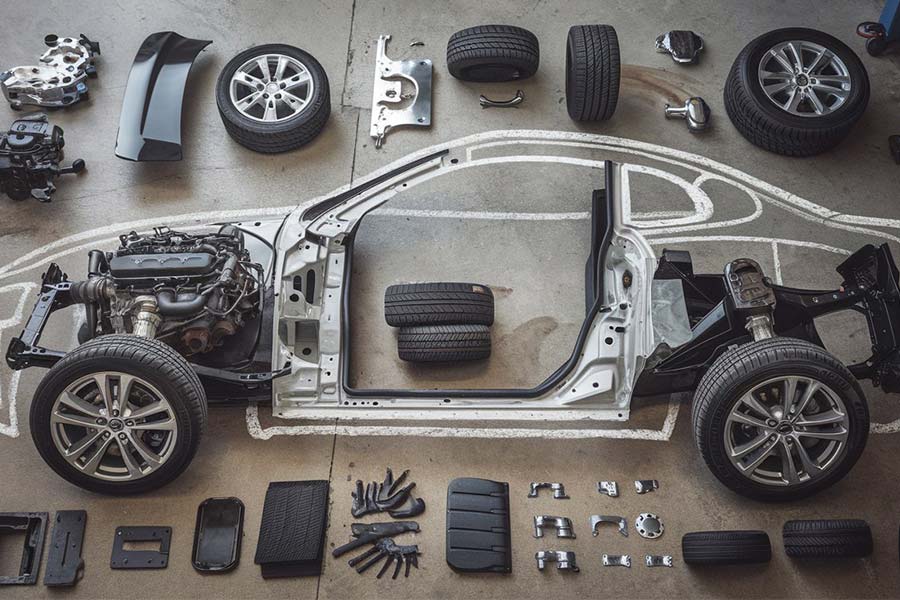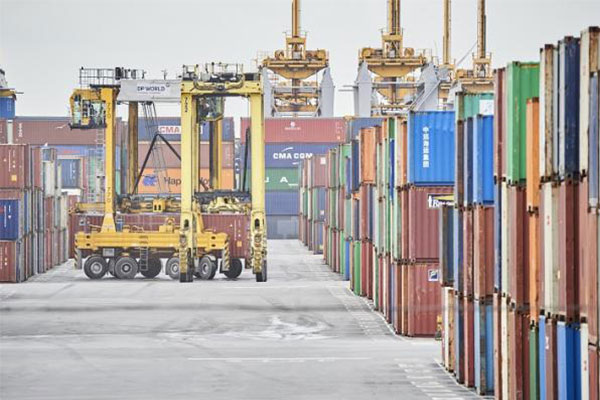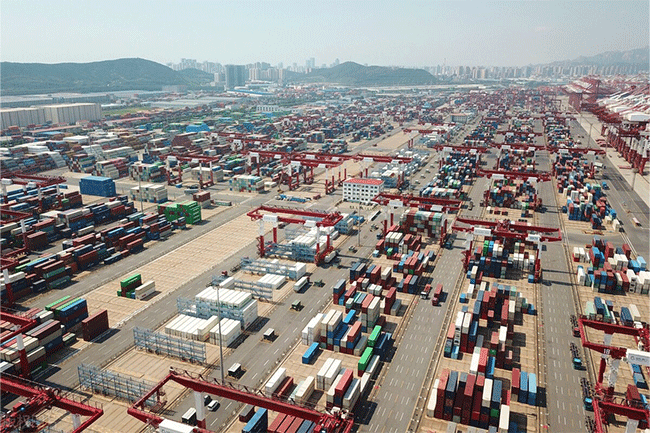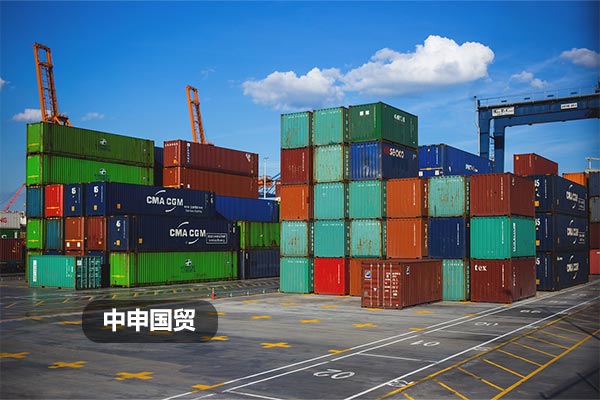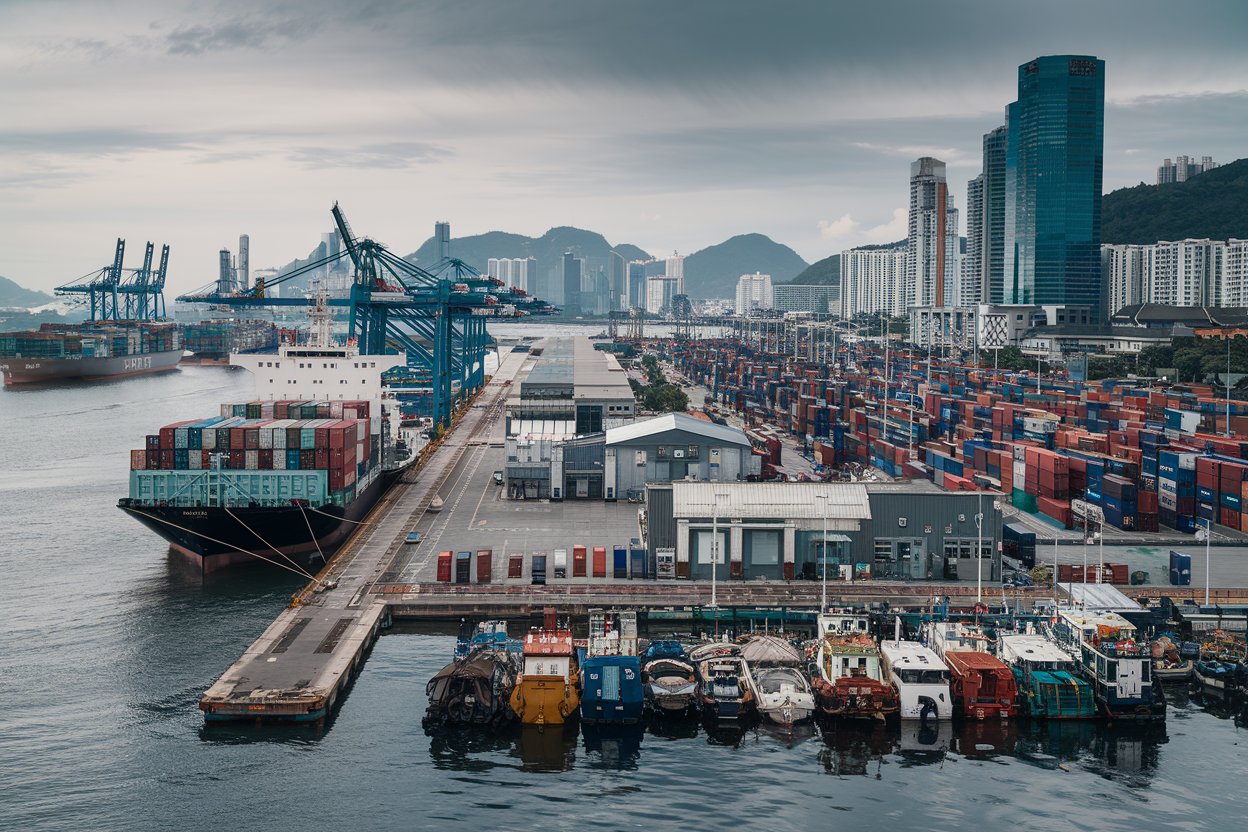- Shanghai Zhongshen International Trade Co., Ltd. - Two decades of trade agency expertise.
- Service Hotline: 139 1787 2118
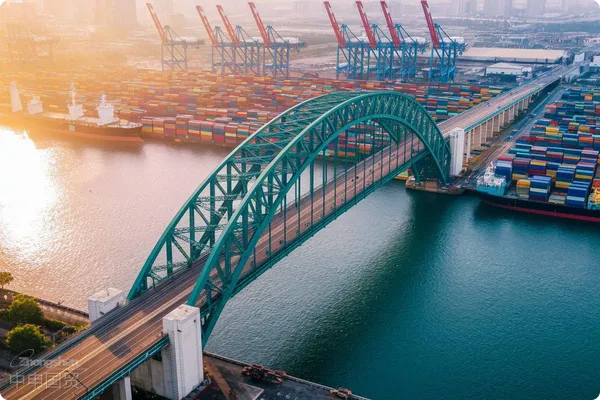
The technical premium and market value of Japanese VR equipment production lines
In 2025, Japans VR equipment manufacturing sector continues to lead globally, with its production lines integrating precision optical component processing technology and industrial-grade human-machine interaction systems, showing 15%-20% higher residual value rates compared to similar European and American products. Tokyo Precision Machinery Association data shows that the seventh-generation modular VR assembly line can achieve stable production capacity of 3,000 units per month.
Three key stages in the import process
Technical verification points in the preparation phase:
- Obtain original JIS (Japanese Industrial Standards) certification documents and Chinese translations
- Confirm whether the production line control system version complies with Chinas EMC standards
- Reserve 3-4 weeks to complete feasibility verification of equipment disassembly plan
Special considerations during customs clearance:
- Details of mechanical and electrical product import tariff adjustments for 2025:
- VR production equipment classified under HS code 8456 maintains 8% tariff rate
- Auxiliary control systems qualify for preferential tariff rate of 5.5% under HS code 8517
- Must submit export compliance certificate issued by Japans Ministry of Economy, Trade and Industry
The golden 72-hour rule for precision equipment transportation
For complete production line equipment valued over $2 million, it is recommended to adoptSegmented transportation solution:
- Core modules to use constant temperature and humidity air freight containers (temperature fluctuation ±2℃)
- Heavy bases to use specialized anti-vibration brackets for roll-on/roll-off ships
- Complete anti-oxidation treatment for key components within 72 hours after port arrival
After-sales technical support system construction
Case study of a Shenzhen tech company importing Osaka VR production line in 2025 shows that complete after-sales system can reduce equipment debugging cycle by 40%:
- Require Japanese side to provide 3 on-site engineers + remote diagnostic system
- Establish localized spare parts inventory (recommended stock ≥15%)
- Sign annual maintenance agreement including software system iteration services
Five dimensions of risk prevention and control
Exchange Rate Fluctuation:Adopt forwardFX Settlement AgencyLock in 85% of contract amount
Technical barriers:Obtain pre-classification ruling from General Administration of Customs in advance
Transportation loss:Purchase transportation insurance covering 130% of equipment value
Intellectual property:Verify patent implementation license filing status
After-sales Service:Set aside 5% final payment as quality guarantee deposit
Related Recommendations
? 2025. All Rights Reserved. Shanghai ICP No. 2023007705-2  PSB Record: Shanghai No.31011502009912
PSB Record: Shanghai No.31011502009912
